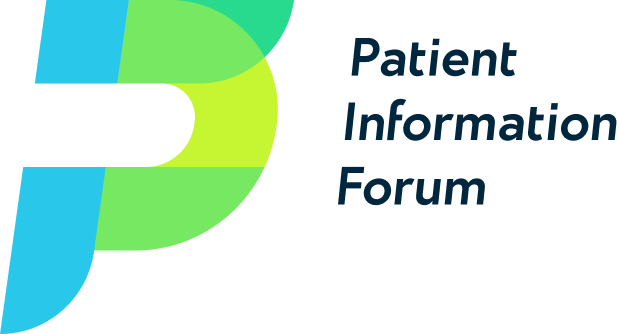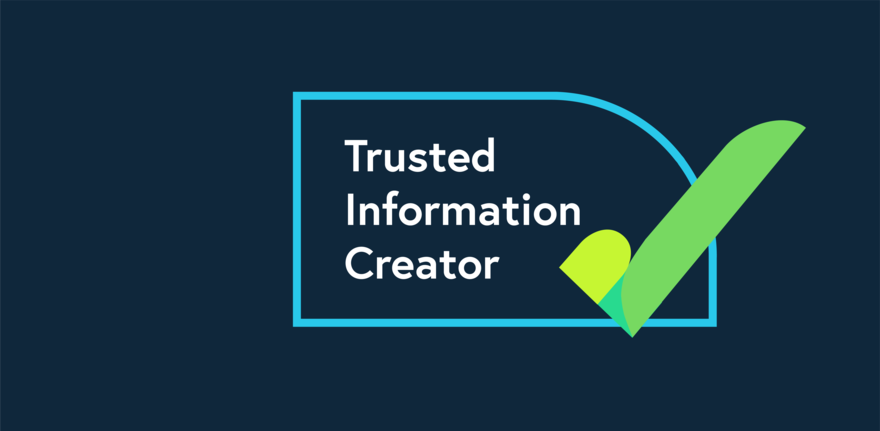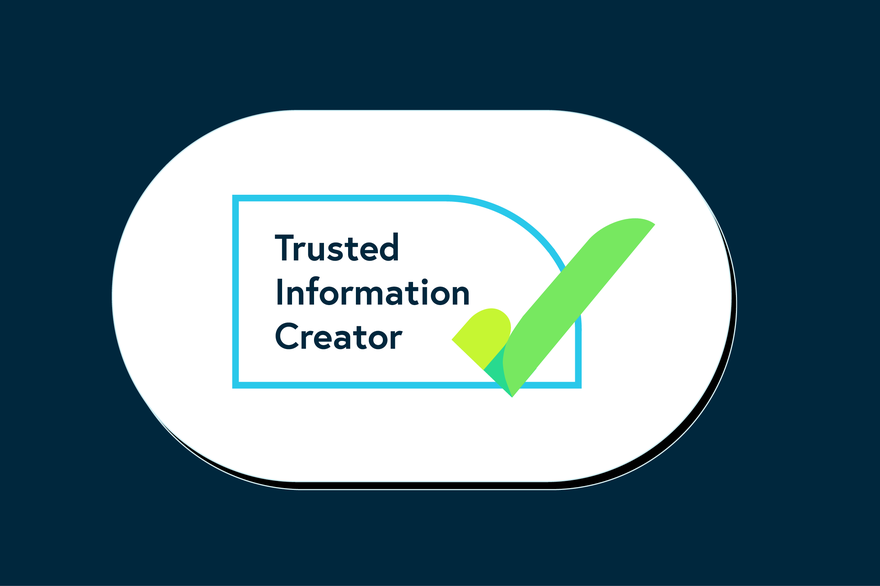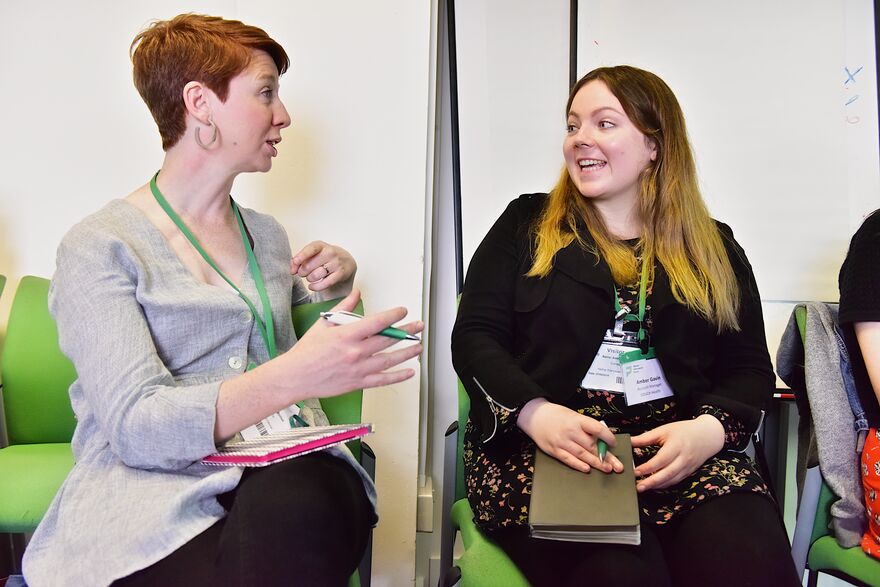What were your reasons for joining the scheme?
The Patient Information Group of the Royal College of Anaesthetists has always strived to provide high quality patient information resources to College members and patients approaching surgery.
Because of the positive feedback we receive from members and patients, it would be very easy to fall into the trap of convincing ourselves our information is high quality enough.
Membership of the Patient Information Forum allowed us access to resources and events, which revealed the complexities and factors that need to be considered in producing truly high-quality health information. That’s when we realised we needed to strengthen our process for the production of our resources and started looking for a formal method of guaranteeing and evidencing quality.
Just as we started looking into this, the NHS Information Standard accreditation scheme was discontinued. Thankfully, the PIF TICK stepped in to fill the gap! We jumped at the opportunity to be part of the pilot when we were approached.
To date the RCoA is the first Medical Royal College to have achieved the PIF TICK.
What was it like to go through the process?
The assessment document was really clear and easy to follow. The assessment visit was thorough, but fair and we were given helpful advice on how we could work towards meeting the standards where we came out weakest.
We were also pleased to see there was flexibility within the scheme to take account of the size of the organisation and the resources available for the production of patient information.
The criteria set out in the assessment form also made perfect sense and were set at the right level. They forced us to review certain parts of our production process, stretching us to find solutions where we did not meet the criteria, but all resulted in a much more robust process and better health information.
Did you have to use additional resources?
No, the beauty of the process is that many organisations will already have everything or most systems in place to work towards achieving the quality mark.
For example, for us, it was clear that we were already doing many of the things set out in the standards. What we lacked was a written down process to explain every step and demonstrate how we actually met the standards.
How did it help improve your information?
There are definitely a number of areas where we have made changes, since the assessment.
We now require authors of our leaflets, who are almost always clinicians, to work with a patient representative from the very start of the project. If they are unable to find one, we will provide them with one from our cohort of patients’ voices of the College Patient Information Group. While we did involve patient reps in the production of health information, we did so at a later stage, but in fact patient representatives can provide invaluable insight on the content and the scope of a resource before drafting even starts.
More recently we have also started working with specialist charities and with their networks of lived experiences, for example when we are looking at producing information on anaesthesia for specific medical conditions.
Another area where we are doing things differently is assessing the need for a resource before we commission or consider an offer of a new resource. We now ask every proposing author to complete a detailed proforma to demonstrate the need for a new leaflet.
We are also more mindful of measuring the impact of our resources now. This is known to be tricky for health information and as a Medical Royal College we do not have direct access to patients, but the PIF assessors were really helpful in offering us some suggestions on how we can better measure impact.
How did PIF support you?
The team offered lots of sensible advice and were always on the other end of the line to answer any questions.
Even though it may have felt like extra work, it was particularly helpful to produce an action plan, as it helped us break down tasks for each unmet criteria, rather than trying to address all issues at once.
What was the biggest benefit for you as an organisation?
Striving to achieve and maintain certification with the PIF TICK quality mark offers the staff responsible for health information the tools needed to align the production of our resources to robust quality assurance criteria. It also ensures consistency and maintenance of quality of the health information provided by the College over many years to come.
The certification mark also allows us to promote even further our resources to the anaesthetic community. It provides our members and their patients with the assurance that RCoA patient resources are indeed high quality and evidence based, and, in time will be the ‘gold standard’ for health information on anaesthesia.
What do you think the biggest benefit will be for service users?
The COVID-19 crisis has shown how easy it is for unreliable and untrustworthy information to make it into mainstream media and social media.
Equally there can be a lot of anxiety about anaesthesia, to the point that often patients are more anxious about the anaesthetic than the surgery as a whole.
To be able to demonstrate that our information has undergone stringent quality controls through the PIF TICK mark, we hope will inspire confidence and trust in our resources for the many millions of patients undergoing surgery every year.
Elena Fabbrani
Patient and Public Involvement Manager
Royal College of Anaesthetists
February 2023




